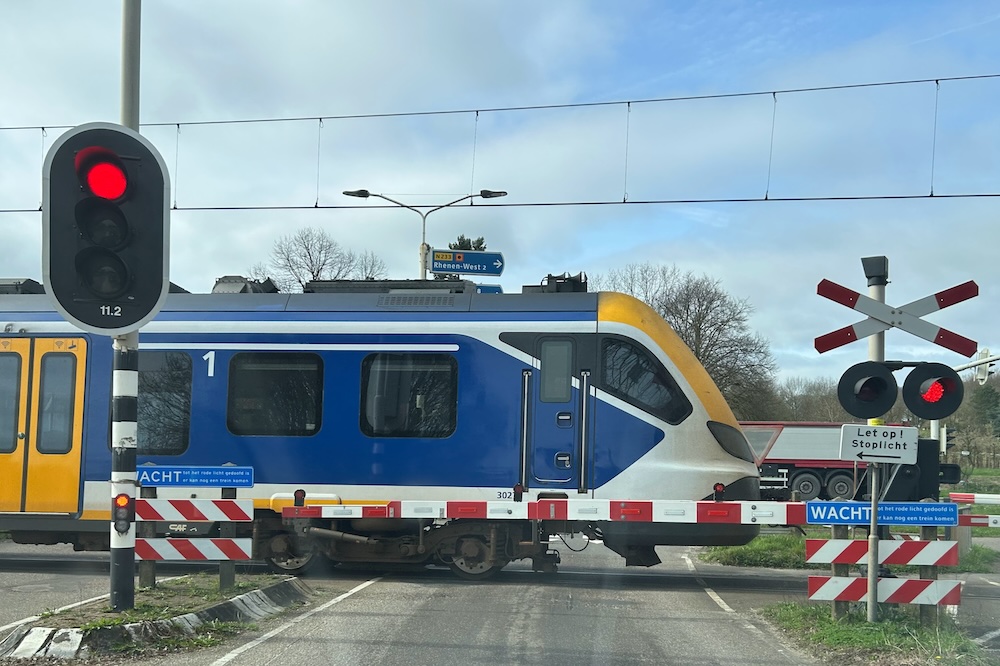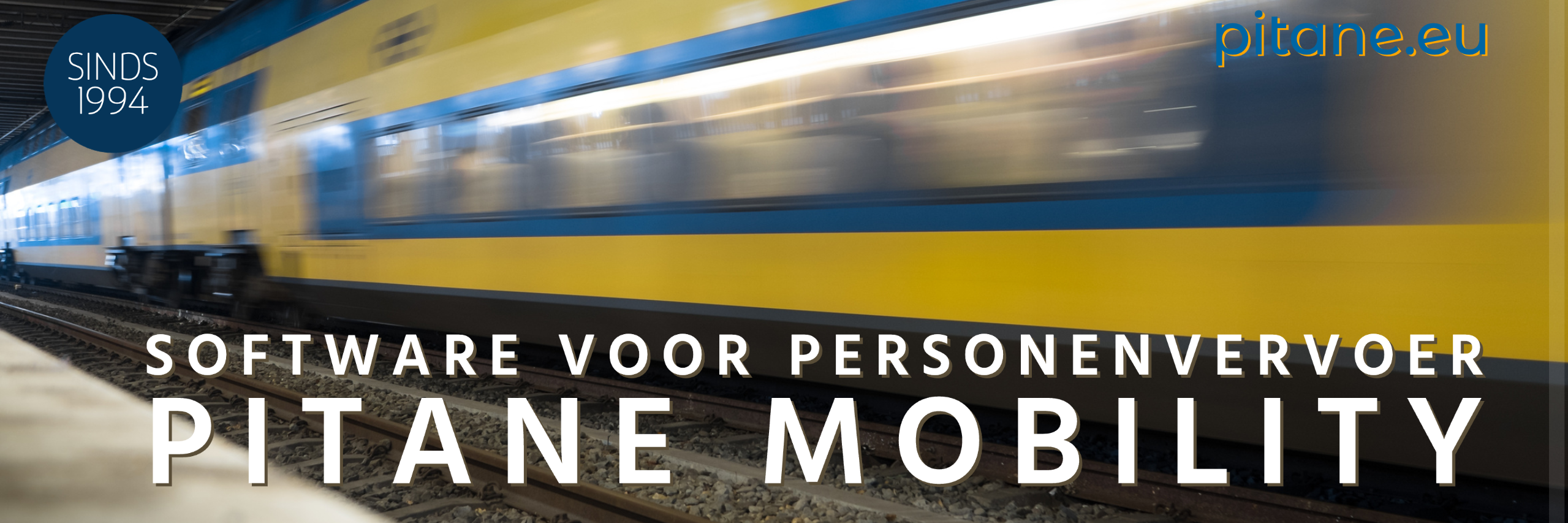The judge can then impose a fine of 160 to 2.000 euros and revoke the driver's license for eight days to five years.
Ignoring closed level crossings remains a serious problem in the Netherlands and Belgium, despite many awareness campaigns and the clear dangers associated with it. Several incidents have recently been reported in which people ignored the closed barriers, sometimes with serious consequences.
The frequency of such violations is alarming. This shows that, despite the efforts of railway operators such as Infrabel to make the public aware of the risks, many people still ignore the rules. Incidents of cyclists and pedestrians crossing closed level crossings are also often shared on social media, highlighting the need for continued education and stricter enforcement.
The consequences of ignoring closed railroad crossings can be serious both personally and legally. In addition to the risk of injury or death, there are also significant legal consequences for such violations. Recently, fines for crossing an obstructed railway line have been increased. Violations that were previously punished with an immediate collection of 58 euros are now fined 116 euros. If the fine is not paid, it can amount to 160 euros, and further non-payment can result in a summons. The judge can then impose a fine of 160 to 2.000 euros and revoke the driving license for a period of eight days to five years.

What is interesting is the power of ProRail's BOAs to issue fines, a power that some citizens may dispute but which is essential in maintaining safety at level crossings.
In the Netherlands too, ignoring red warning lights at railway crossings is an ongoing problem that not only creates dangerous situations for road users themselves, but also for train drivers and train traffic. In a joint effort to tackle this reckless behavior, ProRail and the Public Prosecution Service have joined forces and installed cameras at railway crossings at various locations. These cameras are not just a means of observation, but a crucial part of an advanced system aimed at maintaining road safety.
The cameras serve a dual purpose: on the one hand, they record motorists, motorcyclists, cyclists and moped riders who attempt to cross while the red lights are flashing, and on the other hand, they act as a deterrent against such dangerous behavior. The fines for violations are not easy: €230 for motorists and motorcyclists, €90 for cyclists, and €160 for mopeds, which underlines the seriousness of the violation.
This measure stems from the need to increase safety on and around railway crossings. Trains, which often travel at speeds of up to 140 kilometers per hour, have long braking distances and cannot stop suddenly. An unexpected emergency stop can not only cause fear among drivers but also lead to significant delays in train traffic. The advanced camera system analyzes and stores images of possible violations, which are then assessed by ProRail's special investigating officers (BOAs). When a license plate is recognizable, a fine is sent to the driver. However, identifying pedestrians and cyclists who break the rules proves more challenging and also requires on-site supervision.
What is interesting is the power of ProRail's BOAs to issue fines, a power that some citizens may dispute but which is essential in maintaining safety at level crossings. In the first four months of this year, this approach already resulted in 299 reports for ignoring red lights at railway crossings. These statistics emphasize the need for such measures and the continuous efforts of ProRail and the Public Prosecution Service to ensure the safety of the Dutch railway network.




